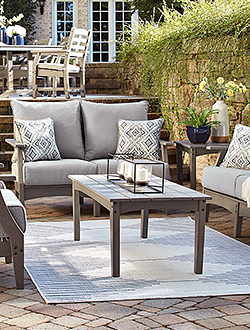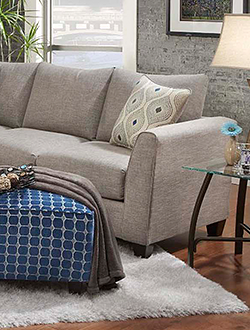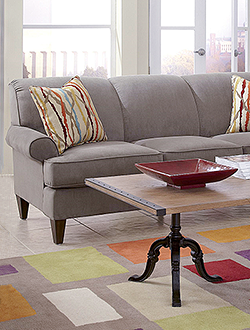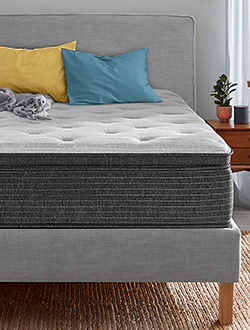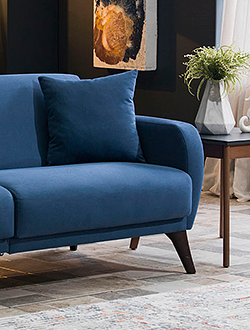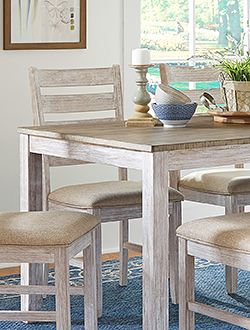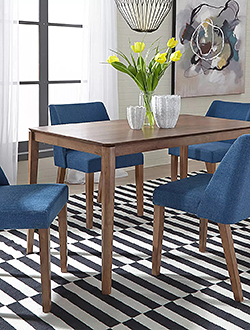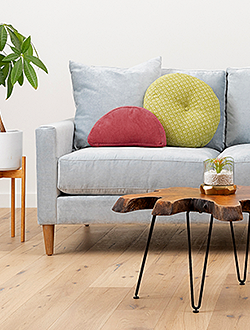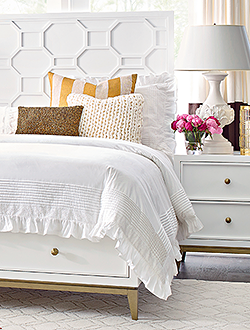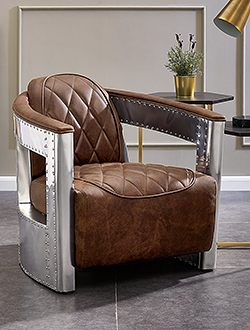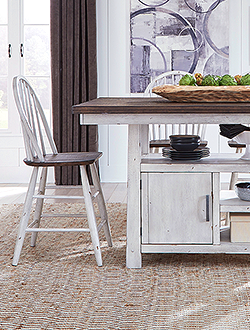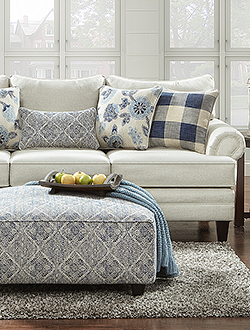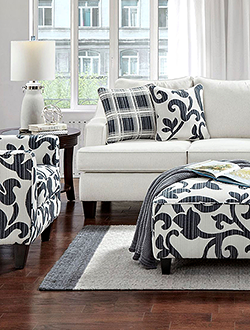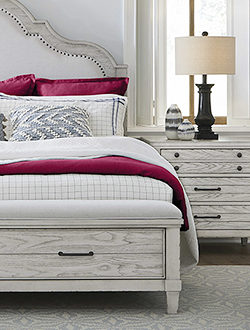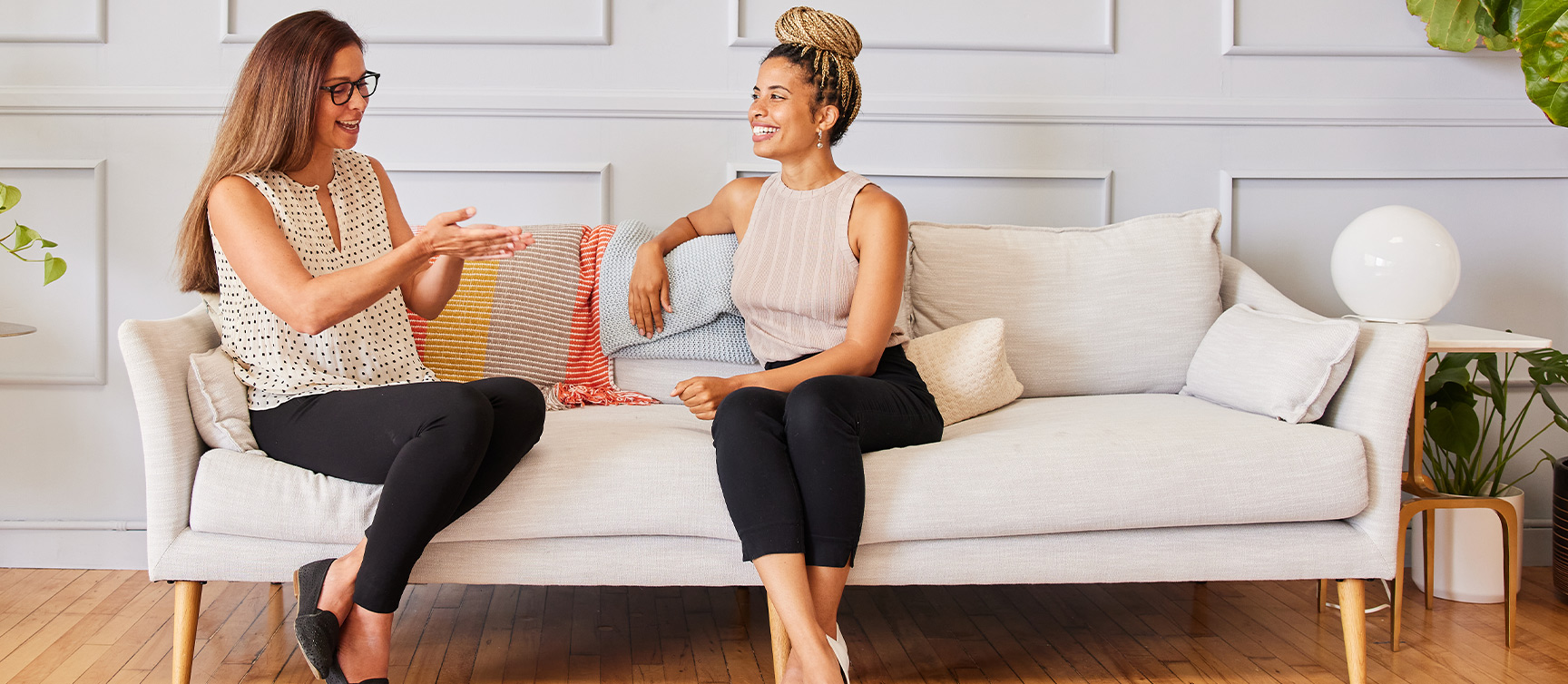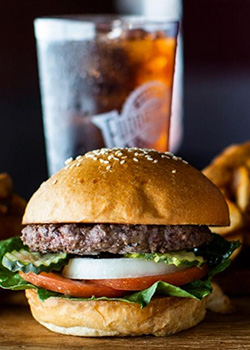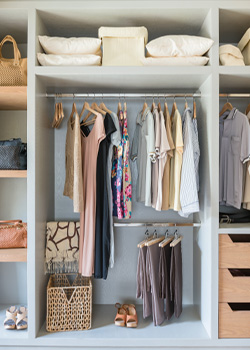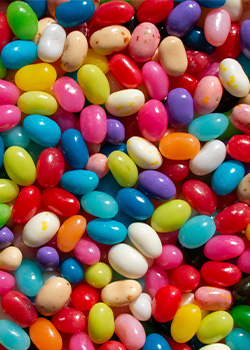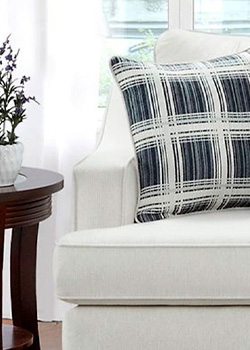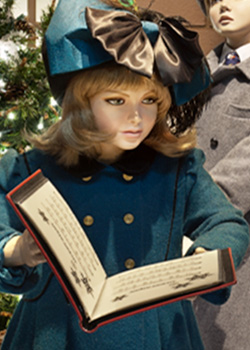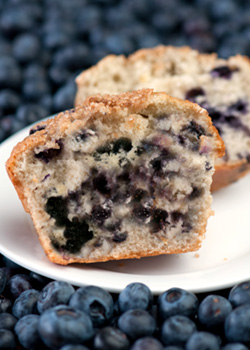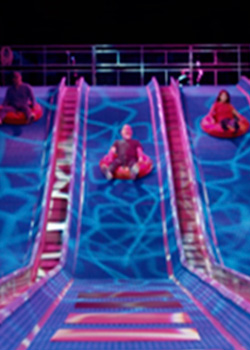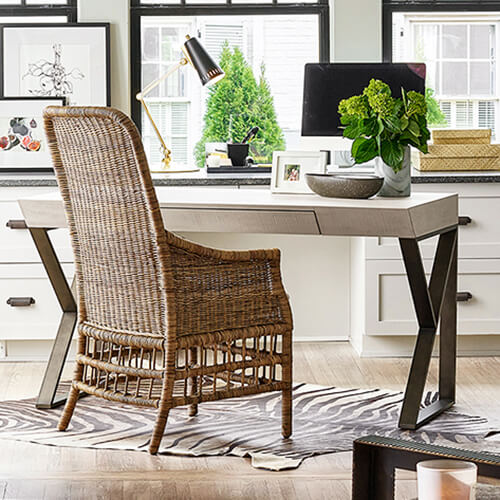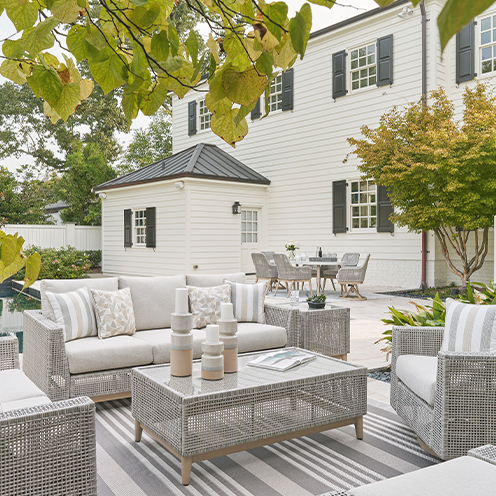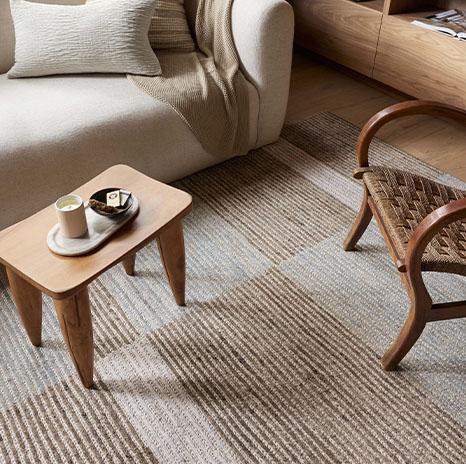Furniture Care
Area Rugs and Padding
-
Care and Maintenance
-
Rug Padding
-
Surface Pilling, Shedding, Sprouts and Pulls
-
Dye Variations
-
Odors: That "New Rug" Smell
Leather and Cushions
-
Caring for Leather Furniture
-
Cushion Care and Expectations
-
Understanding and Maintaining the Appearance of Leather
-
Odors: That "Leather Smell"
-
Pets and Leather Furniture: Maintenance is Key!
Maintain Your Investment
-
Upholstery Furniture
-
Leather Furniture
-
Wood Furniture
-
Area Rug or Pad
-
Mattresses
Outdoor Furniture
-
All-Weather Resin Wicker: Cape May, Scancom
-
Ipé Wood: Jensen Leisure
-
Teak: Scancom
-
Envirowood: Seaside Casual
-
Cast Aluminum Furniture
-
Outdoor Umbrellas: Treasure Garden, Tuuci
Upholstery Fabric and Cushions
-
Overall Maintenance
-
Cushion Care and Expectations
-
Color Change and Fading
-
Fabric Performance: Pilling, Shading, Stretching
-
Odors
-
Slipcover Care
-
Stain Removal and Cleaning
Wood Furniture
-
Caring for Wood Furniture
-
Understanding the Appearance of Wood Furniture
-
Color Change in Wood
-
Odors: The "New Smell" of Wood
-
Expansion and Contraction of Wood Furniture
-
Leveling and Tightening Components
-
Table Leaves





